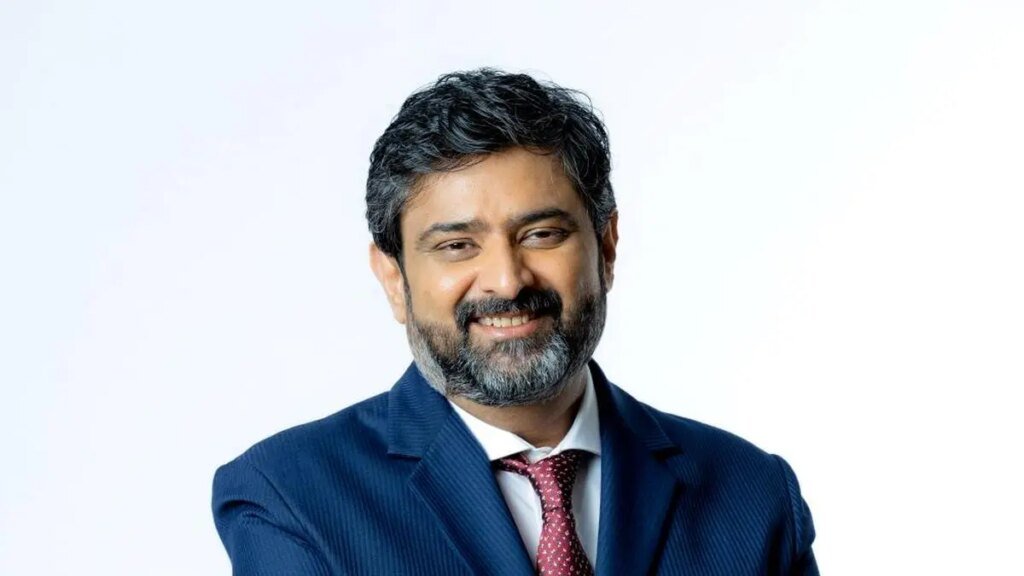As state-run Central Bank of India becomes a promoter of Future Generali India Insurance, the private sector general insurance company is looking to penetrate the country’s hinterland by leveraging the bank’s wide distribution reach, says FGII MD & CEO Anup Rau.
In an interview with businessline, Rau says with the Central Bank’s access to the rural market it has become viable for the insurance company to moving deeper into the hinterland as it clearly takes the problem of cost of distribution away. Excerpts:
State-run Central Bank of India has become a promoter of Future Generali India Insurance by acquiring about 26 per cent stake in the company. What does it mean for FGII?
We have a very good shareholder (Generali), and now Central Bank of India coming in, it is a good match. Because, Generali is a 200-year-old company and the Central Bank of India is also a century-old bank. I think it is a great fit, two institutions have centuries of legacy.
Central Bank of India has acquired the stake through the insolvency process. As the bank is a very solid and credible player, it will give us access to the market, to the hinterland of India, where normally the cost of distribution ends up being high, and therefore price for the customer ends up being high. I think we get to penetrate those markets as well.
What would be the near-term and long-term changes this development is likely to bring for the general insurance company?
We are a company of a significant scale. We are already among top 10 players, and we are present across product categories — Health, Motor, Crop, Cattle, Pet or Corporate. In terms of distribution, we are present in agency, direct brokers, motor dealers and OEMs, the entire spectrum.
So, we already have a business of sufficient scale and magnitude which will continue to grow. The opportunity really is also to leverage the Central Bank’s distribution. Unfortunately, the general insurance industry has not really leveraged bancassurance the way life insurance industry has.
So, you don’t see banca being a significant channel in the general insurance industry. But we are hoping that with this partnership, we change it as this is clearly an opportunity. Central Bank has a large loan book.
The SME segment for India is underserved. I think it is a social responsibility, besides just being an insurance opportunity. Some of those businesses we can really build to scale. And we hope that we can set a new record, or new benchmarks in terms of general insurance penetration for the bancassurance channel.
Central Bank of India has a distribution network of over 4,500 branches across India. Leveraging this wide distribution reach, how will you plan to increase bancassurance’s contribution to gross premium going ahead?
Currently, over 6 per cent of our gross premium is coming from banca. Maybe we can look at doubling it to around 12 per cent in the next three to five years. General insurance normally is a derived industry. And what I mean by that is, your sales are normally a function of the sales of motor vehicles or corporate sales on health. Most of them tend to be able to go for urban centres.
One of the challenges we have is to penetrate the hinterland. Now as far as rural is concerned, there is a lot of wholesale business companies participating in crop insurance. But the cost of distribution towards reaching those places are high because the product availability is low, the demand is low.
So, sometimes setting up an office, physical infrastructure, and manpower infrastructure, it’s not commensurate with the productivity which you normally get.
Now, with Central Bank, what really changes for us is that we currently have branches and ready infrastructure which are available. And, a lot of the bank branches are in mofussil towns, where you can start selling insurance without any additional resource or capital required.
It is obviously a great opportunity for us to take advantage of the bank’s penetration and cater to what is so far underserved markets for the industry. It clearly takes the problem of cost of distribution away.
Will there be any change in the distribution channel mix when bancassurance’s contribution to gross premium will be doubled?
The distribution channel mix will not materially change because other channels will also continue to grow. Overall agency channel’s contribution to our gross premium is currently around 20 per cent, it may come down to 19 per cent when the banca channel contribution would be doubled to around 10-12 per cent.
FGII’s market share in the country’s non-life insurance space stood at 1.76 per cent at the end of the last financial year. Will the latest development prompt the insurer to reset its market share growth plans?
Our market share in private sector is around 3.5 per cent to 4 per cent. The largest private player is about four times of our size. I think we have decent scales in the sense that among the 25-30 private general insurance companies we have 3.5-4 per cent in market share.
We will grow faster than the market on an average. We want to be able to serve segments of customers, for example, SME, which the Central Bank is in a better position to offer.
The idea is to get into segments which are underserved from an industry perspective, or even from a company perspective.
Right now, we are not really obsessed about our market share or where we are. What we want to make sure is that we penetrate segments which the industry has historically found it difficult to penetrate, or the channel has found it historically difficult to penetrate.
Access to the rural market has become viable with the Central Bank of India. For us, crop insurance will become bigger in the non-motor and non-health insurance space. We have a lot of expertise in crop insurance, and we have written crop business pretty well in the past. So, the share of crop insurance would become higher while the cycle breaks out.

